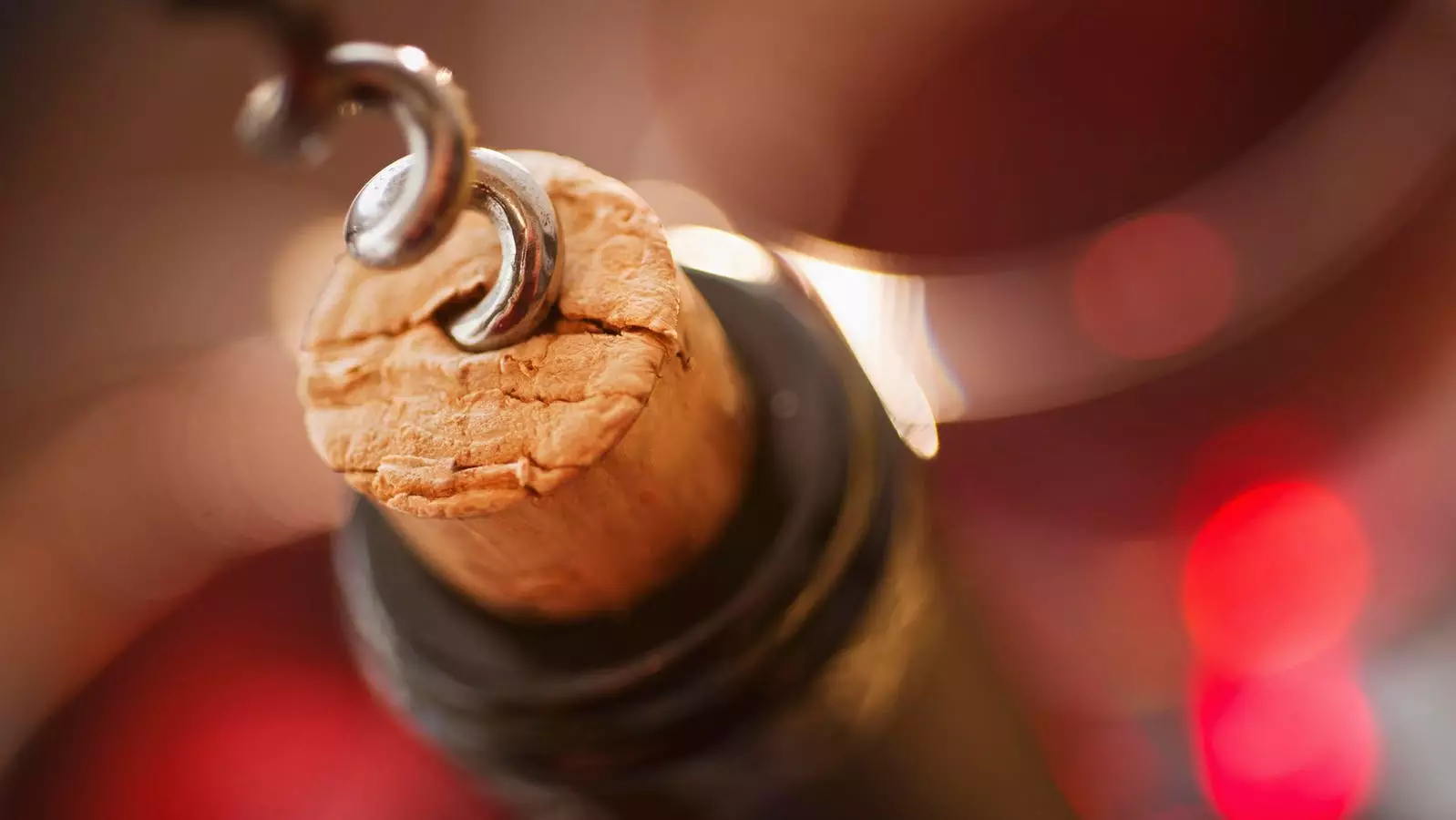The holiday season often amplifies social engagements, turning simple gatherings into cherished memories. Picture this: you’re headed to a friend’s holiday party and need the quintessential hostess gift. A nice bottle of wine typically springs to mind—it’s both thoughtful and suitable for the occasion. However, as you navigate the wine shop aisles, your decision may hinge on something unexpected: the type of closure used on the bottle. This scenario isn’t just a question of taste; it reveals fundamental insights about consumer behavior and marketing strategies.
As you contemplate which bottle to buy, you spot one rated an impressive 94 points by a well-respected wine publication. Everything seems perfect—until you notice it has a screw cap. A feeling of hesitation washes over you. Why? The answer isn’t purely based on wine expertise but is rooted in a long-standing psychological bias towards natural corks, which have historically been viewed as indicators of quality.
Studies show that many shoppers endure a cognitive dissonance when faced with screw caps on high-quality wines. Despite scientific evidence indicating that screw caps can preserve wine just as effectively—if not more so—than traditional corks, they often lack the allure that a cork embodies. Natural corks represent tradition, sophistication, and a ritualistic component of wine consumption that a mere twist-off limit does not convey.
One of the most captivating aspects of opening a bottle of wine is the act itself—the pop of the cork, the anticipation of the first pour. This sensory experience creates excitement and a sense of occasion. When we open a bottle with a cork, there’s a ceremony to it; it enhances our enjoyment, elevating even the simplest gatherings into something more special.
Conversely, screw caps—while easier and more efficient—fail to inspire the same feelings of ritual and celebration. The emotional resonance tied to the act of pulling a cork taps into a deeper psychological principle: the notion that we value things more when they require effort. This cognitive bias extends beyond wine; it can be observed in product design across various industries.
Marketing experts have long recognized that consumer perceptions heavily influence buying decisions. Many wine brands seize this knowledge to brand themselves accordingly. By utilizing natural corks, they can create an image of elegance and exclusivity, a tactic that works effectively in capturing consumer attention and loyalty.
Numerous studies substantiate this phenomenon: consumers are willing to pay significantly more for wine with cork closures, sometimes by as much as 20%. It seems illogical given that a screw cap seals wine more reliably, yet the allure of tradition outweighs the practicality of the closure. This perceptual bias reflects how deeper psychological factors drive our preferences.
Additionally, the emotional response triggered by the popping of a cork is starkly different from the understated quietness of a metal cap twisting off. Brands that leverage such sound cues effectively harness the power of neuromarketing, strategically crafting sensory experiences to enhance engagement.
Interestingly, the friction associated with corks isn’t purely negative. Behavioral science illustrates that when consumers engage in a slightly effortful action—like uncorking a bottle themselves—their overall satisfaction and perception of the wine’s quality can increase.
This relationship raises intriguing questions about the balance between convenience and experience. The luxury of a wine tasting experience is often accentuated by the presence of a cork. The question then becomes: How much effort is worth it for the sake of perceived quality? A deep understanding of consumer behavior is crucial here; brands must navigate this balance to optimize consumer satisfaction while meeting contemporary expectations for convenience.
The lessons drawn from the cork-versus-screw cap debate transcend the wine industry. Across various sectors, the packaging decisions brands make play a pivotal role in shaping consumer perceptions. The tactile quality of the product, the weight of the packaging, and even the colors and fonts on a label—all these elements converge to create a holistic sensory experience that informs purchasing behavior.
Effective brands dig deep into these psychological intricacies to ensure their offerings resonate. They understand that packaging is not merely a vessel; it’s an integral component of the brand’s narrative and consumer experience. Aligning product presentation and messaging with consumer expectations can unlock considerable potential for connection and loyalty.
As you venture into the festive rush of holiday shopping, consider the insights surrounding packaging psychology. A bottle of wine—whether adorned with a cork or sealed with a screw cap—carries implications far greater than its contents. Understanding the interplay of perception, experience, and consumer behavior can empower marketers and brands alike to create more compelling product experiences, ultimately „uncorking“ deeper connections with their audiences. The simple act of selecting a bottle of wine is just the tip of the iceberg in our explorations of emotion and expectation in consumer behavior.


Napsat komentář